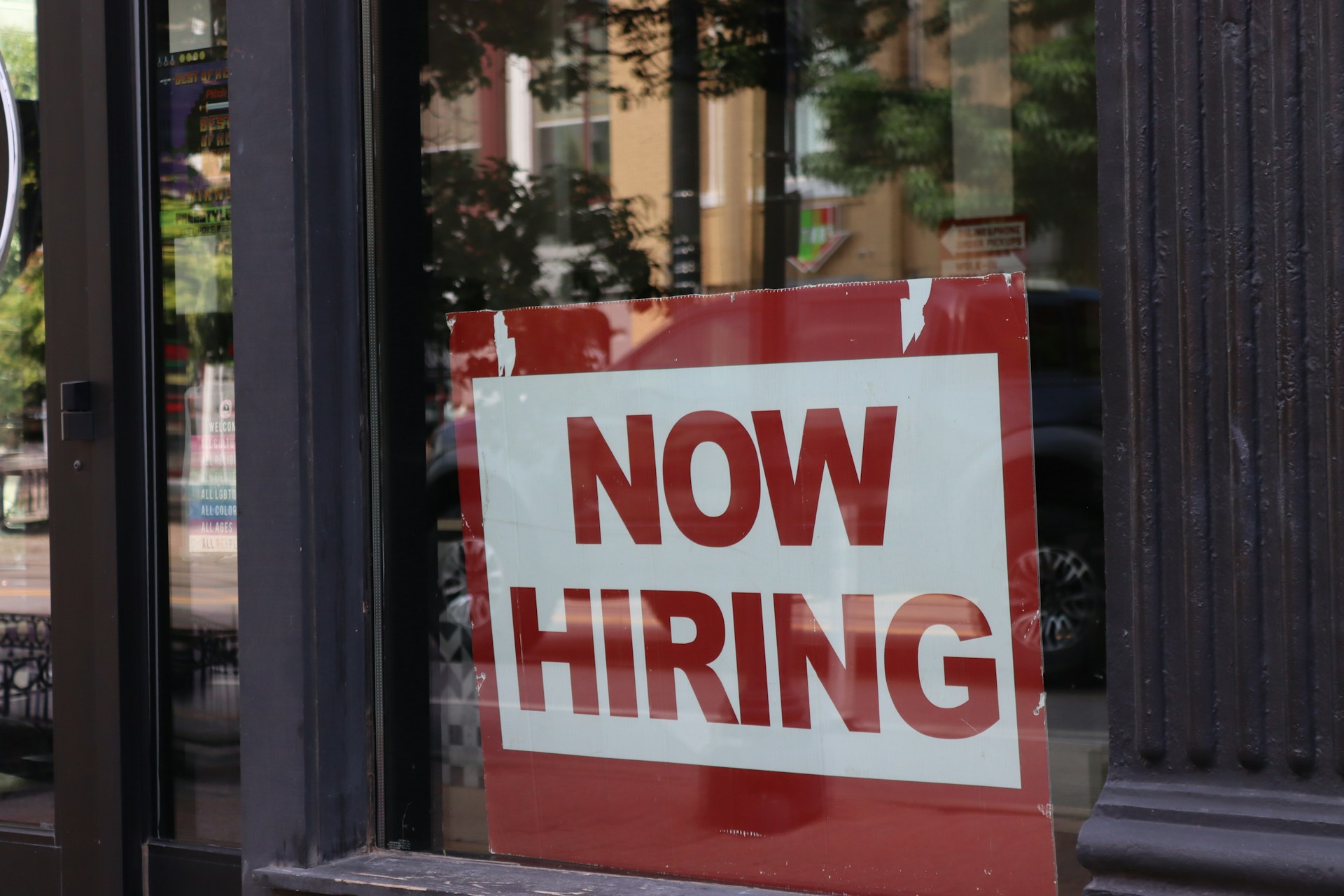Prime Minister Mark Carney is about to break a campaign promise made just a few months ago that will hurt Canadians in the middle of Donald Trump’s trade war. During the federal election, the Liberal Party platform in April clearly stated its commitment to “capping, not cutting, public service employment.” Fast forward to Carney’s first budget, and the federal government is ready to slash public service jobs at a rate not seen in decades when we should be reinforcing its ranks to tackle this economic crisis.
For Canada’s public servants, this is not new. Public servants are used to being scapegoated as the source of government overspending or used as a bargaining chip to appease fiscal hawks. Justin Trudeau’s Liberals resorted to arbitrary cuts to the public service to win back public support as it waxed and waned, but then outsourced services to overpriced contractors that often could not deliver.
Before Trudeau, Stephen Harper’s majority government did not shy away from its stated commitment to cut 19,200 jobs from the public service. Growth of the federal public service over the past decade was only meant to play catch up to Harper-era cuts. A reversal of that growth would be a serious blunder.
If the government continues down its current path, it will be repeating the mistakes of Jean Chrétien and Paul Martin: favouring extreme austerity with no consideration for the consequences. That approach was a disaster in 1994, and it would be worse today.
Most of the Chrétien savings were found in severe cuts to important programs, like health care, housing, and other social services. As a result, hospital wait times shot through the roof, as did infection rates. A total withdrawal of federal support for housing funding caused a mass increase in homelessness. Canadians are still feeling the consequences of these historic cuts.
Prime Minister Carney is set to use the same broken formula. Federal departments were asked to make cuts of 15 per cent before the government had even laid out its priorities. While the federal government claims that a workforce adjustment will save taxpayers money, what this really means is costly spending on high-priced outside contractors as well as cuts to programs and services that Canadians depend on.
Despite the elbows-up hockey slogan, Prime Minister Carney has lost the puck and is unwilling to chase down the challenges facing ordinary Canadians. “It’s said there are no atheists in foxholes, there should be no libertarians in a crisis,” he declared on the campaign trail. We’re still in a crisis, which means the government cannot afford to turn its back on Canadians with DOGE-level cuts to the federal public service. We can see clearly how that is working out in the United States.
There are actions the government can take, but austerity continues to be pulled from the policy toolkit after decades of proven failure.
In a crisis, we should be looking long past the 1990s to the federal government’s mid-20th century post-war policies that overcame innumerable challenges and set us up for decades of prosperity. Canadians used to depend on a strong public service to build homes, jump start public healthcare and manage an industrial strategy that built this country. Instead of cutting public service jobs to save money, it expanded it to deliver programs across the country – and introduced new revenue streams to fund it.
There are easy solutions for the government to both raise revenue and rein in spending in a way that is fair and beneficial for Canadians, and that doesn’t compromise services.
Implementing a wealth tax would align Canada with a global movement to tax the super-rich. The Parliamentary Budget Officer during the 2025 federal election estimated that an annual tax on all categories of assets except for lottery wealth would generate over $22 billion in additional revenue annually. With a proposed tax rate starting at one per cent on household wealth over $10 million, 98 per cent of Canadians would not be impacted at all. And given the estimated $21.5 billion in reduced spending by 2028, a wealth tax of this small impact would more than make up for the proposed federal job cuts.
While there are avenues to generate revenues, there are also easy ways for the government to cut costs. One of the quickest ways is to reduce the federal government’s real estate footprint and grant remote work rights to public sector workers. Currently, the government wastes around $2 billion every year on office space. The data shows that public servants were most productive at the peak of remote work, defending the health and wellbeing of Canadians through the COVID-19 pandemic.
Again, a robust public service helped Canadians out of the toughest global crisis in decades. There are actions the government can take, but austerity continues to be pulled from the policy toolkit after decades of proven failure. Canadians took Mark Carney at his word that he would see Canada through this crisis, while making us stronger and more prosperous. So far, his actions are falling far short. Ordinary Canadians need a robust public service for defence against Trump’s trade war. That’s what elbows up should be about.





